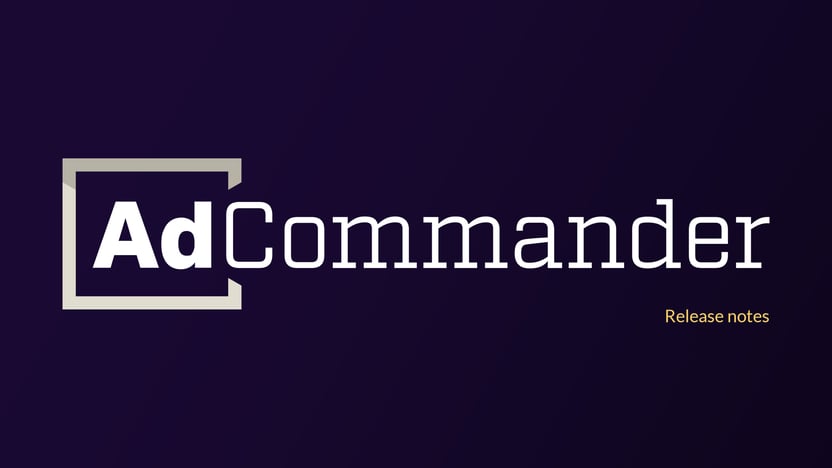Documentation
Your knowledge base for Ad Commander and Ad Commander Pro.
Frequently asked questions
Yes. Ad Commander Pro has multiple ad rendering options: Server-side, Javascript, or Smart Combination rendering.
Server-side rendering will load ads using PHP and is best used on sites without page caching.
Client-side rendering will load ads after the page has loaded to avoid problems with page caching.
Smart (combination) rendering determines if your ad needs JavaScript loading. For example, if you’re only displaying a single ad and not a group of ads, server-side rendering will suffice. Groups of ads that should be randomized will load using JavaScript to circumvent page caching issues.
For more details about ad rendering, visit this documentation article.
No! Ads and groups can be inserted into your site using automatic placements or shortcodes.
Yes! Individual shortcodes or PHP template tags can sometimes be a better solution than automatic placements, depending on your specific site layout and circumstances. Both are available for ads and groups.
Ad Commander supports inserting any script code using Text/Script ad types. These ads can be inserted within your site or placed in the site head or body using automatic placements. The flexibility of this approach should allow any ad network to be used on your site. If you have trouble with a specific ad network, please reach out to support for help.
Ad Commander Pro integrates with bbPress and BuddyPress using automatic placements. For a full list of placement positions, read this documentation.
Yes. Ad Commander does not create consent banners but can monitor a cookie and display ads after it exists.
The cookie name and value are unique to your consent management system and are specified in Ad Commander’s settings. After your visitor accepts, ads will display as long as the consent cookie exists.
Consent management works best with client-side or smart rendering available in Ad Commander Pro. This feature will also work with server-side rendering, but there are some caveats.
Yes. Custom code can be added before or after an ad or group. You can also insert custom CSS into the head of your site using Text/Code ads if desired.


